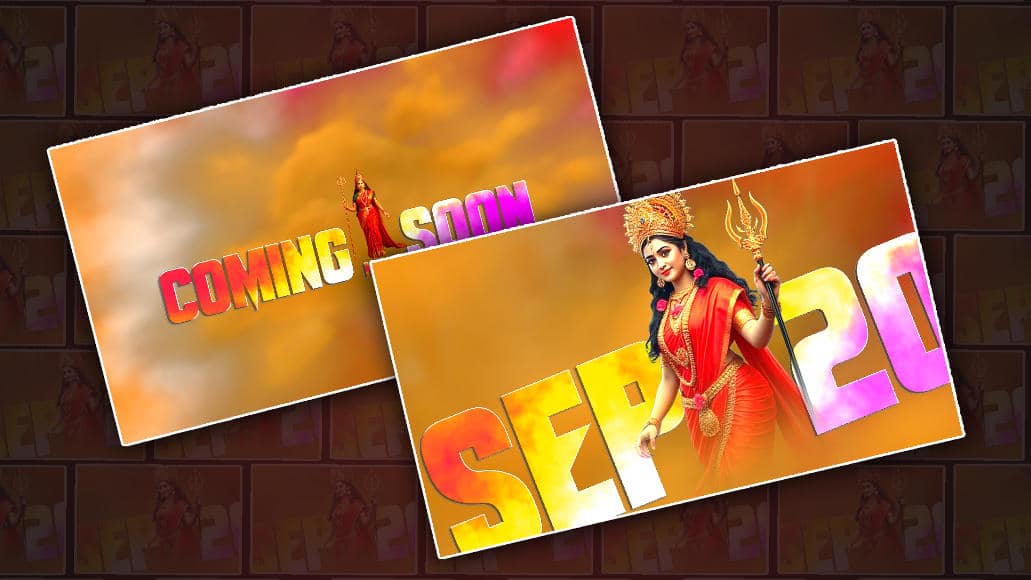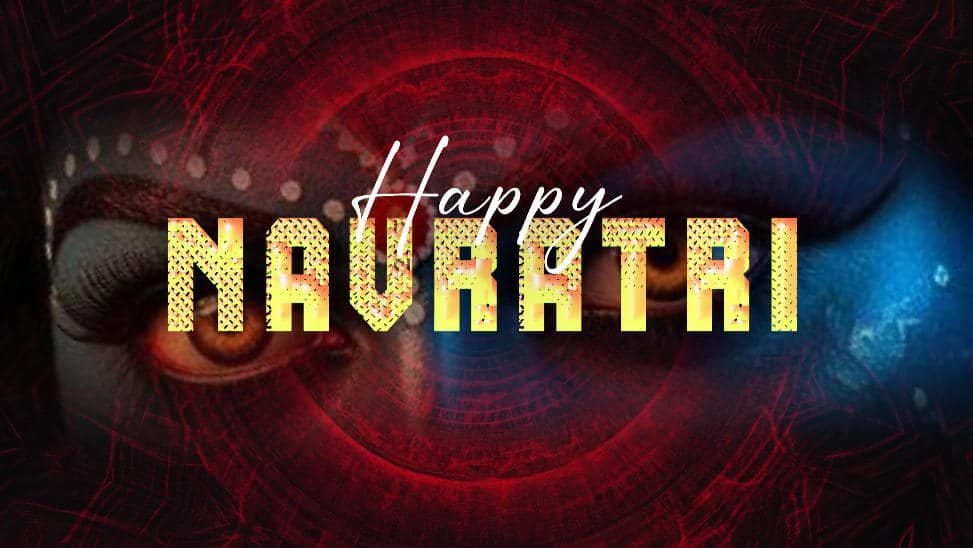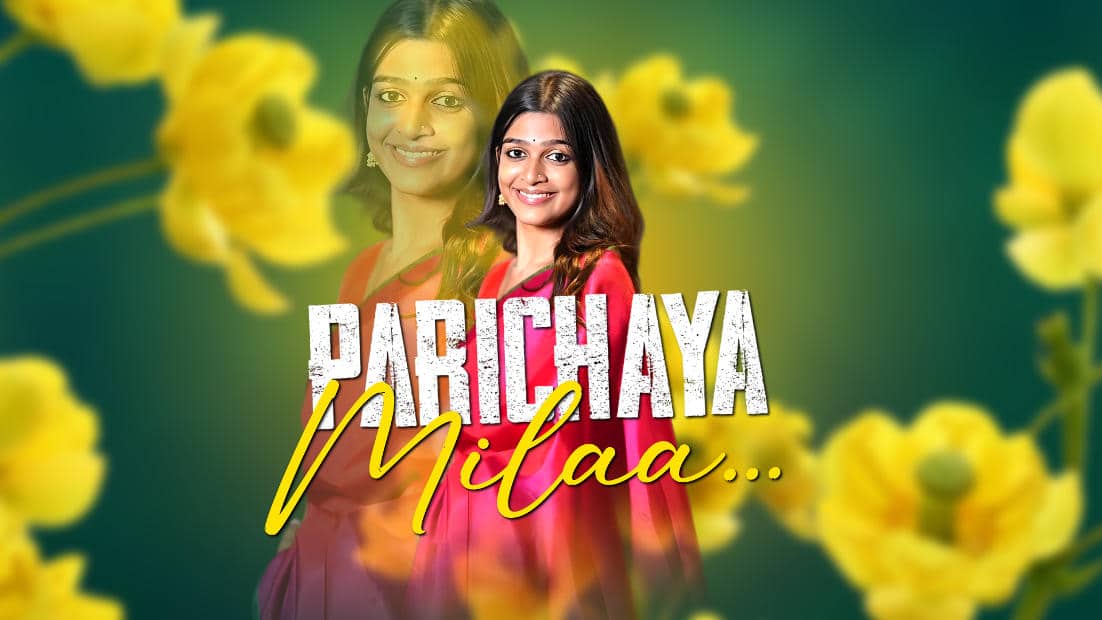How to Video Color Grading on Mobile with Apps
Color grading can transform your videos from ordinary to cinematic, and you don’t need a high-end computer to do it. With the right mobile apps, you can achieve professional-looking color grading right from your smartphone.
In this guide, we’ll walk you through the best apps for video color grading on mobile, along with step-by-step instructions to enhance your footage like a pro.
Table of Contents
What is Video Color Grading?
Best Mobile Apps for Color Grading
Kinemaster
Adobe Premiere Rush
FilmoraGo
VSCO
PowerDirector
Step-by-Step Guide to Color Grading on Mobile
Importing Your Footage
Adjusting Basic Settings (Exposure, Contrast, Saturation)
Using Color Wheels & Curves
Applying LUTs (Look-Up Tables)
Final Tweaks & Exporting
Tips for Better Mobile Color Grading
Conclusion
1. What is Video Color Grading?
Color grading is the process of enhancing or altering the colors in a video to create a specific mood or style. Unlike color correction (which fixes issues like white balance), color grading is more artistic—think of the teal-and-orange look in Hollywood movies.
With mobile apps, you can apply similar effects to your videos, making them look more polished and professional.
2. Best Mobile Apps for Color Grading
1. Kinemaster (Android & iOS)

Pros: Layer support, precise color controls, keyframe animation.
Cons: Watermark in the free version.
2. Adobe Premiere Rush (Android & iOS)

Pros: Professional-grade tools, syncs with desktop Premiere Pro.
Cons: Subscription required for full features.
3. FilmoraGo (Android & iOS)

Pros: User-friendly, preset filters, good for beginners.
Cons: Limited advanced controls.
4. VSCO (Android & iOS)

Pros: Great for subtle color grading, film-like presets.
Cons: More photo-focused, limited video features.
5. PowerDirector (Android & iOS)

Pros: Robust editing tools, supports 4 K.
Cons: Some features are locked behind a paywall.
3. Step-by-Step Guide to Color Grading on Mobile
Step 1: Import Your Footage
Open your chosen app (e.g., Kinemaster).
Tap “New Project” and select your video clip.
Step 2: Adjust Basic Settings
Exposure: Brightens or darkens the overall image.
Contrast: Increases/decreases the difference between light and dark areas.
Saturation: Controls color intensity.

Step 3: Use Color Wheels & Curves
Shadows/Midtones/Highlights: Adjust tones separately for depth.
RGB Curves: Fine-tune individual color channels.

Step 4: Apply LUTs (Look-Up Tables)
Many apps (like PowerDirector) allow LUT imports for cinematic presets.
Select a LUT and adjust intensity for a stylized look.
Step 5: Final Tweaks & Exporting
Sharpen slightly if needed.
Export in 1080p or 4K for best quality.
4. Tips for Better Mobile Color Grading
✅ Shoot in Flat/Log Profile (if your phone supports it).
✅ Avoid Over-Saturation—keep colors natural unless going for a stylized look.
✅ Use Reference Images to match colors from films or photos.
✅ Experiment with Split Toning (warm highlights, cool shadows).
5. Conclusion
Color grading on mobile is easier than ever with powerful apps like Kinemaster, Premiere Rush, and PowerDirector. By following these steps, you can enhance your videos and give them a professional touch—all from your smartphone.
Now it’s your turn! Try these techniques and share your before-and-after results in the comments.
6. Advanced Mobile Color Grading Techniques
Using Masking for Selective Adjustments
Some apps, like Kinemaster and PowerDirector, allow masking, which lets you apply color grading to specific parts of the video. For example:
Brighten just a subject’s face while keeping the background moody.
Add a vignette effect to draw focus to the center.

Creating Custom LUTs
If you want a unique look, you can create your LUTs (Look-Up Tables) on a computer (using DaVinci Resolve or Photoshop) and import them into mobile apps like Premiere Rush. This is great for maintaining a consistent style across multiple videos.
Shooting in HDR for Better Dynamic Range
Modern smartphones (iPhone 14 Pro, Samsung S23 Ultra) support HDR video, which captures more detail in shadows and highlights. Grading HDR footage gives you more flexibility when adjusting exposure and contrast.
Avoiding Common Mistakes
Over-sharpening can make footage look unnatural.
Excessive color grading can lead to banding (visible color stripes).
Ignoring skin tones—ensure faces look natural, not overly orange or green.
Final Export Settings
For the best quality:
Resolution: 1080p or 4K (if supported).
Bitrate: Higher = better quality (but larger file size).
Format: MP4 (H.264) for compatibility.
7. Achieving Cinematic Looks on Mobile
One of the biggest advantages of color grading is creating a cinematic aesthetic—think moody shadows, rich contrasts, and stylized color tones. Here’s how to achieve popular looks on mobile:
Teal & Orange (Hollywood Style)
- Boost orange in skin tones (midtones).
- Add teal/blue to shadows and backgrounds.
- Apps like Premiere Rush and PowerDirector have built-in presets for this.
Vintage Film Look
- Reduce saturation slightly.
- Add a subtle film grain effect (available in VSCO and FilmoraGo).
- Warm-up highlights for a nostalgic feel.
High-Contrast Black & White
- Desaturate completely.
- Increase contrast dramatically.
- Boost shadows for a dramatic noir effect.
8. Workflow Tips for Faster Editing
Use Presets for Consistency
- Save your favorite color grades as custom presets so you can apply them quickly to future videos.
Edit in Natural Lighting
- Color grading on a well-calibrated phone screen (or in a neutral-lit room) helps avoid incorrect adjustments.
Shoot in RAW or Flat Profile
- Some Android (Filmic Pro) and iPhone (ProRes) apps allow LOG or flat profiles, giving more flexibility in post.
9. Troubleshooting Common Issues
Footage Looks Too Noisy After Grading?
- Reduce sharpness and use denoise filters (available in PowerDirector).
Colors Look Washed Out?
- Check if your app supports 10-bit color—some compress footage too much.
Bandring (Color Stripes) in Gradients?
- Avoid extreme contrast pushes.
- Export in higher bitrate formats.
10. Final Thoughts
Mobile color grading has evolved tremendously—today’s apps offer near-desktop-level control. Whether you’re a beginner or advanced user, experimenting with different styles will help you develop a unique visual signature.
Pro Tip: Study color palettes from your favorite movies and try replicating them—it’s one of the best ways to learn!
Would you like recommendations for free mobile LUT packs or a deeper dive into skin tone correction? Let us know in the comments!
App Download





